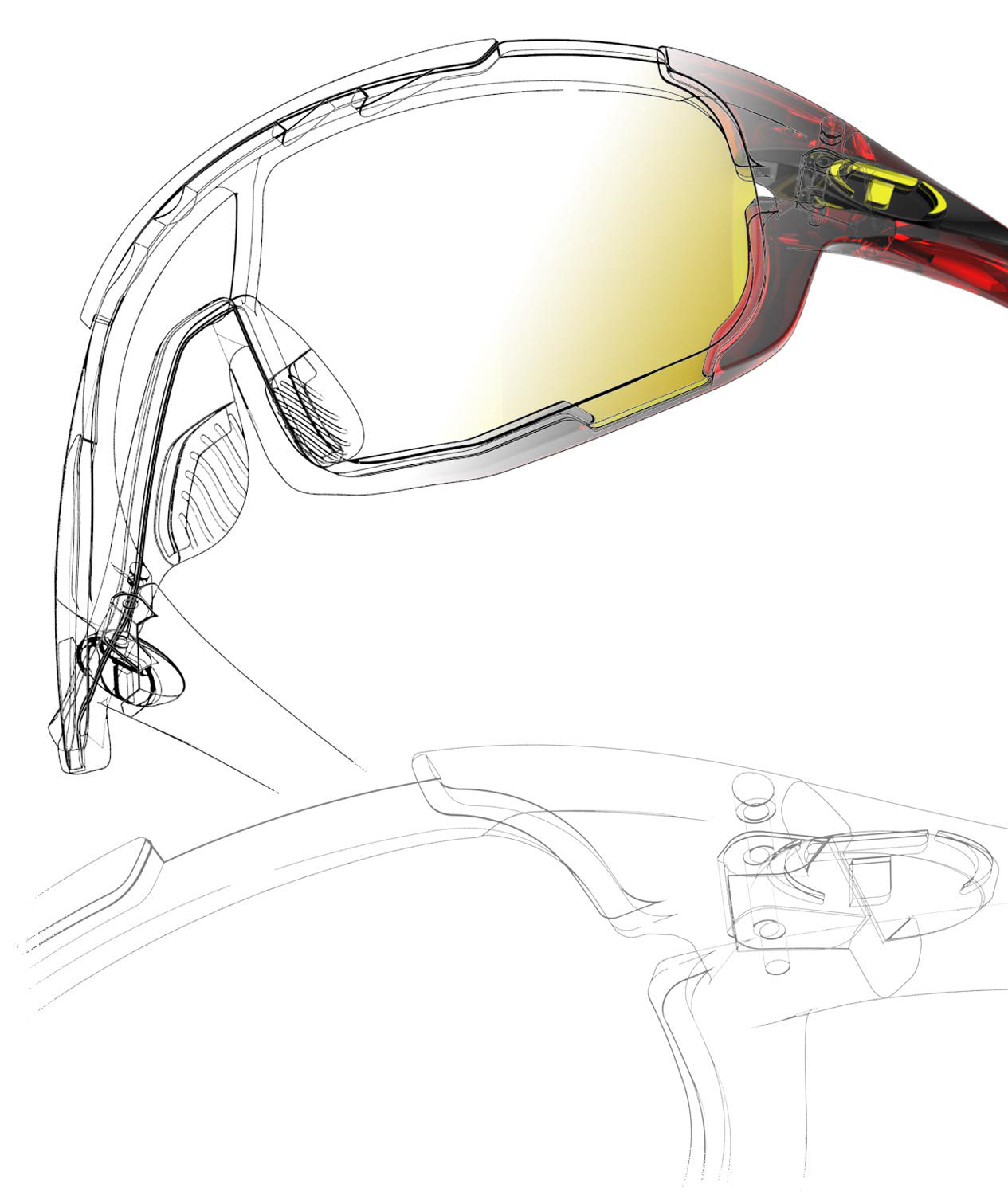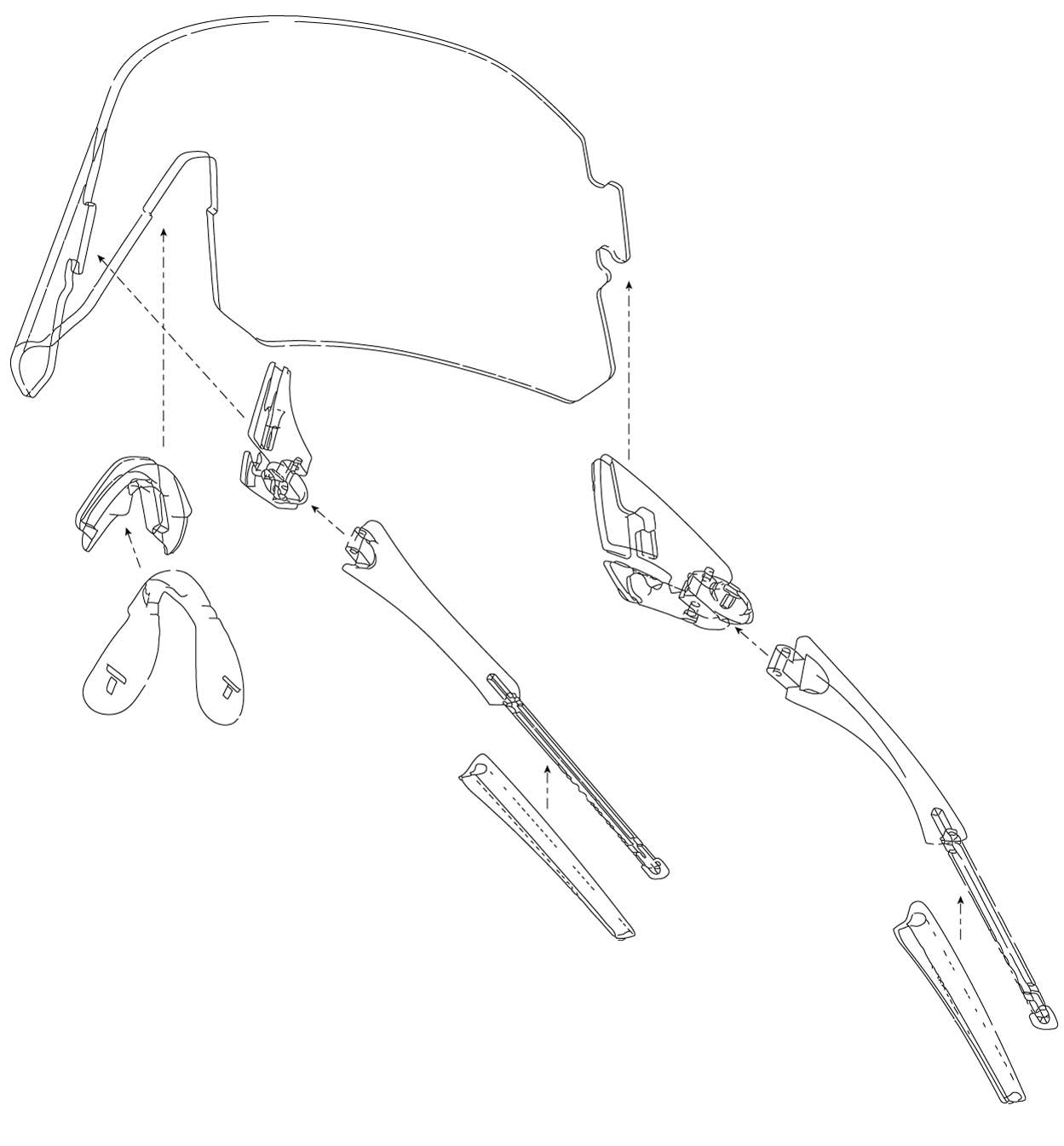Hiking is a popular recreational activity that encompasses beauty, peace, and exercise. It’s an adventure that is good for the mind and body. Hiking is flexible in that it can be done alone or with others. Going solo has its benefits such as going at your own pace, clearing your mind while enjoying the quiet, and feeling that sense of empowerment when you finish! That said, you do need to go prepared. Tifosi wants you to have a safe and successful hike, here are our tips:
Gear to Pack:
- Water: always pack more than you think you will need.
- Map: keep it in a ziploc bag or laminate it. Maps are useless if they get wet!
- First Aid Kit: prepackaged kits are available online and in stores.
- Whistle: wear around your neck for easy and quick access!
- Food: think dried fruits, nuts, and bars for a day hike.
- Flashlight or headlamp: check your batteries!
- Sunglasses: they must provide 100% UV protection. Look for sunglasses that won’t slip or bounce, like Tifosi’s Swank sunglasses
- Sunscreen: the American Academy of Dermatology recommends a broad-spectrum SPF of 30 or higher.
- Fire Starter: keep this protected from water by sealing in a bag.
- Bug Spray with DEET
- Pocket knife
Map Your Trail:
“Get lost in nature and you will find yourself.” Sure, get out there and lose yourself, but don’t literally lose yourself. Map out your hike before you go, stay on the trail, and make sure you carry a compass.
Tell Someone Your Plan:
Let a loved one know where you are going, when you are leaving, and when you expect to return… then stick to that plan! Also, check into a ranger station at the beginning and end of your hike. They have a logbook you can sign so they know to look for you if you don’t return.
Know What to Wear:
Of course you should always check a weather app before you head out. In general, for spring and summer hikes, synthetic clothing is optimal. However, carry an extra layer in case you have an unexpected overnight stay. Fleece and wool will serve you best in the fall and winter months. Always have a waterproof layer, it is a year-round necessity. And don’t forget your feet! Comfortable hiking shoes are crucial, check out REI’s Hiking Boots vs. Trail Runners article to find what might work best for you.
Know the Local Wildlife:
“Lions, and tigers, and bears- oh my!” You won’t necessarily run into any of these animals, but you should know the possibilities. The chances of you having a problem is slim. However, you do need to be prepared if you encounter a large animal or get bitten or stung by a venomous critter. Do your research before you go!
Be Aware of Your Surroundings:
When hiking don’t wear earbuds or earphones. You should always be aware of what is around you. Being able to hear animals or other hikers approaching, falling rocks, and rushing water is critical for staying safe. Allow Mother Nature to provide the music!
Know your Ability:
There are 5 levels of hiking from easy to very difficult. Choose a hike that suits you best physically and mentally. Something too strenuous can be dangerous and some people only feel comfortable with short spans of solitude.
Get out and take advantage of what nature has to offer, but do so safely! Happy Trails!






